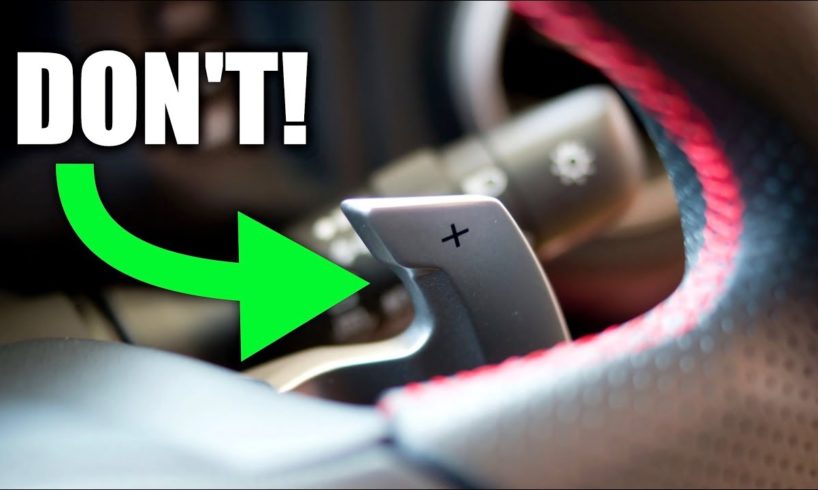
5 Things You Should Never Do In A Dual Clutch Transmission Car
5 Things You Should Never Do Playlist – https://goo.gl/SxoUi7
Subscribe for new videos every Wednesday! – https://goo.gl/VZstk7
Don’t put the transmission in neutral when you come to a stop. There’s no need to do this. You may think the clutch will be partially engaged and wearing out, but the system will be sure to disengage the clutch (while keeping first gear pre-selected).
Don’t take your foot off the brake when you’re on an incline. The clutch may attempt to hold the vehicle. Unlike in an automatic transmission where you have this slip absorbed by the torque converter, this will directly cause wear on the clutch. Depending on the design, the effects can be even greater with a dry clutch, which has no oil around it. Wet clutches tend to be able to take more heat, however dry clutches are more efficient, robs less power (used on sports bikes), it weighs less, and often requires less maintenance (there’s no clutch fluid, it’s all electronically actuated on Hyundais). For Hyundai, owners are asked to inspect the fluid levels every 37,500 miles on the DCT, but there is no set time to replace fluid.
Try not to spend much time inching forward (especially while towing or on steep inclines). Stuck in traffic on a hot day, crawling up an incline at low speeds, or towing. In these scenarios, it’s best to allow yourself enough gap to get up to speed, so the clutch pack can fully engage. At low speeds while partially engaged, the clutch will heat up and can wear faster. It’s never ideal to slip a clutch, but they are designed to take wear and tear. This advice is to simply have the clutch last as long as possible.
Upshifting while braking, downshifting while accelerating. Need to understand the logic behind the system to understand why shift delays might occur. For example, driving on the highway, 4th gear, hit the brakes because someone cuts you off. Upshift and it takes longer than usual. Well because you were on the brakes the transmission might have assumed you were going to downshift next. Coming to a light, if it’s red but turns green, the system may have been attempting to disengage the clutch knowing that you were coming to a stop, so there may be a slight delay in getting power.
Don’t hold the brake and throttle long if launching the car (launching your car in general is a bad idea for longevity, but if you were to do it, know what’s happening internally). This will cause the clutch to wear, all of the heat from the engine is going into the clutch (if it’s engaged, depending on the car). From Hyundai – “The engine speed should rise and the clutch should go to a stand by position. The clutch may try to engage and if it identifies no vehicle movement it should reduce the engine speed and hold that speed until the accelerator pedal is released.”
And don’t forget to check out my other pages below!
Facebook: http://www.facebook.com/engineeringexplained
Official Website: http://www.howdoesacarwork.com
Twitter: http://www.twitter.com/jasonfenske13
Instagram: http://www.instagram.com/engineeringexplained
Car Throttle: https://www.carthrottle.com/user/engineeringexplained
EE Extra: https://www.youtube.com/channel/UCsrY4q8xGPJQbQ8HPQZn6iA
NEW VIDEO EVERY WEDNESDAY!
source

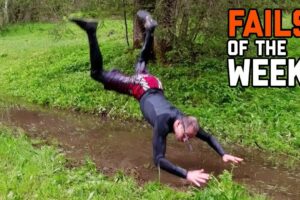
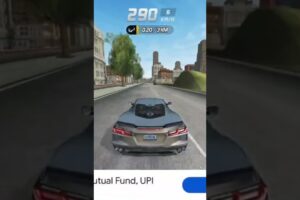
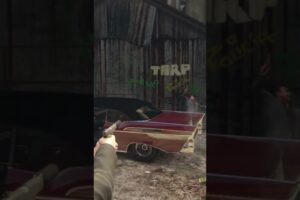
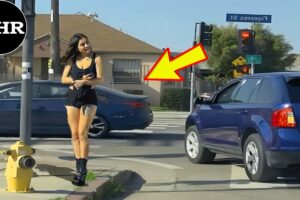
![可爱的小猫, kittens cute ] #猫 #小猫#猫動画 #小猫#小猫咪运动 #小猫咪能有什么坏心眼 #小猫咪 #小猫症 #小猫咪节点 #shorts #cat](https://www.theviralist.com/wp-content/uploads/2024/04/可爱的小猫-kittens-cute-猫-小猫猫動画-小猫小猫咪运动-小猫咪能有什么坏心眼-小猫咪-小猫症-300x200.jpg)
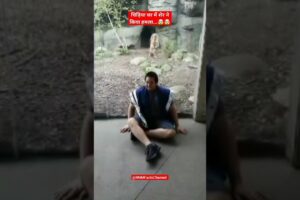
5:22 I was going back and forth to the service centre to get answers to get my car checked and didn't knew it was normal behaviour for my DCT. Thanks for this small detail 👌🔥
So why do I need the “+” and “-“ anyway? Is it a preference to use them?
What if I move it down at the same time the car thinks it should go up, or vice versa?
Hi, thanks for the informative video. There is not enough information about DCT transmission. And I have a question, I wonder if there is any filter in DCT transmission in Elantra?
In Germany its called Doppelkupplungsgetriebe
I had a Ford Kuga with a Powershift gearbox,it’s a great idea but doesn’t work that well and it constantly needed a re flash at the dealers,when it worked well it was great but that didn’t last long before it was another trip to the dealership,wouldn’t have another one though.
The more I watch videos on DCT’s, the more I find reasons not to buy one for daily drive use. Mostly coz of the crazy traffic situations in my city
It's a Hyundai, don't tow anything, pos
I reported your video for being the best informative and straight to the point video on the internet.
Hi, and thanks for all the info. One thing I found disturbing with my dual dry clutch kona is trying to go up a slippery snowy hill in automatic mode with the anti skid disarmed is that: in 2nd gear, loosing momentum it behaves as if the clutch disengaged, RPM goes up but no more traction… 🙃 I ended up always leaving in manual mode, still with anti skid disarmed and no more issues.
My rs5 downshifts quicker than a blink of an eye even while having the throttle wide open.
4k rpm, foot on the throttle, simultaneously downshift using paddles, no hesitation.
There is no such word as "anyways". The word 'anyway', in itself indicates use as ether singular or plural
Too chatty. Not what i was intresrting in
Powershift anyone? Miserable failure
Würde mir niemals ein Auto mit Trockenkupplungsgetriebe kaufen, fahre nur Autos mit Nass Kupplung wegen der Langlebigkeit.
Gerade im Anhängerbetrieb sind die meisten Trockenkupplungsgetriebe überfordert.
Lmaaaooo
Car dealers, sale reps don't mention about how to drive a DCT (DSG etc..) transmission correctly thus giving it the best longevity. Avoid heavy towing and regular super slow stop-and-go queue driving for best longevity.
It's in the user manual but it seems many doesn't read it carefully and just use the DCT exactly like a regular automatic transmission with torque converter…
They or the next owner will pay for it later… To the liking of the brand automobile repair shop…
I have a 2022 Santa Cruz 2.5T AWD that has the DCT. (Wet I believe)
My question is, what’s the best way to launch it? When I held down the break and tried to rev up a bit then released it did not do well at all. Any secrets to the slightly newer cars that don’t have a launch control?
You should never encounter in a threesome inside a dual-clutch car.
Oh dont worry i dont have any business in a dual transmission car
With a wet clutch DCT, if you're going to be stationary for a long time it's probably better to select neutral. On my car the trip computer shows litres per hour when stopped and in neutral its 0.6, in drive sitting still its 0.8
This would likely be due to viscosity drag of the fluidl between the multiple wet plates, and would be putting heat into the fluid.
My take (and I could be off here), DCT works really well with a hybrid/PHEV train like Hyundai/Kia have in several cars. Creeping along in traffic, it puts you in gear 1 or 2, the electric motor is driving it non-slip, and the engine is disengaged with the engine clutch. Even with a depleted hybrid battery, a newer Hyundai/Kia hybrid will start the engine and run up to ~15 MPH in a
'series' HEV mode (HSG creating volts, battery and EV motor consuming them) to save DCT wear. You could almost think of that buffering as the equivalent in electrons to the buffer of a fluid torque converter.
Best advice for a DCT/DPS clutch is to not buy one. There! Problems solved!
Ah yes, dont upshift
When VW introduced affordable DSG with their polo there were many DSG failures soon after. Mostly because average customers weren’t educated about nuances of this type of transmission.
rip key 🙁
Buy a DSG if you live on a racetrack.
Question for my dct car when im stopped at a red light or stop sign with my foot on brake in drive mode the car feels likes its shaking back and fouth likes its trying to go while my foot is on the brake is that normal ?